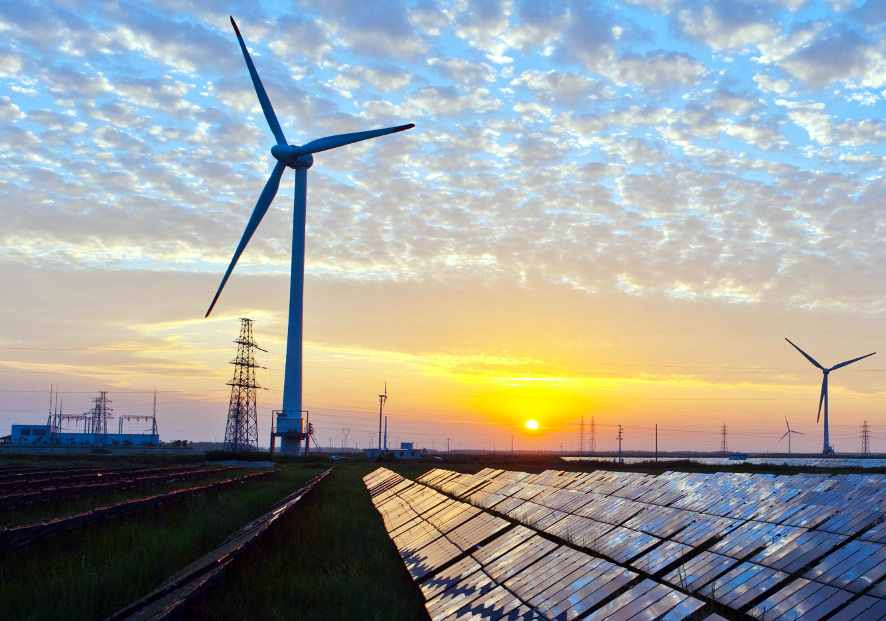India is the third largest producer of electricity in the world and it ranks 106th in terms of per capita consumption in 2017, shared Power minister R.K. Singh in Parliament recently quoting findings from the latest key world energy statistics published by the International Energy Agency (IEA).
With the country becoming power surplus from power deficit, power sector reforms now focus on supply of 24×7 quality power to consumers, higher standards of service, promotion of renewable energy sources, development of hydro power, improving efficiency, especially in distribution sector, etc, he added.
Reforms-linked distribution scheme and changes in tariff policy are some of the measures under consideration in this regard.
Further, the government is working to promote cross-border trade of electricity with neighbouring countries.
FY 2019-20 target
Keeping in view the electricity demand in the electricity grid, electricity generation target for the year 2019-20 (April 2019 to March 2020) was fixed at 1480 billion units (BU)—out of which 1169.4 BU has been generated as at the end of January 2020.
“The electricity generation target is expected to be met as the electricity demand has picked up again in February 2020 and is expected to remain high during March 2020,” shared the minister in an earlier reply.
Cross-border trading
To ensure energy security in the South Asia region and also tackle the growing imbalance due to integration of a higher share of variable renewable energy, India has signed Memorandum of Understanding with Bhutan, Bangladesh, Nepal, and Myanmar to inter-alia improve power connectivity—and thus energy trading—with these neighbouring countries.
As solar is likely to face more interruptions during the monsoon season, enhanced cross-border transmission interconnection would help India to access hydropower generation from Bhutan, where hydropower generation from run of the river capacities would be much higher in the monsoon season as compared to the drier season.
Presently, India exports electricity to Nepal, Bangladesh and Myanmar, while it imports power from Bhutan. However, sometimes India also exports power to Bhutan during lean hydro season.
During the Financial Year 2019-20 (as at the end of January 2020), India exported 6168.14 million units to Bangladesh, 1839.25 million units to Nepal, and 7.34 million units to Myanmar. It also imported 6165.78 million units from Bangladesh.
This content is protected by copyright and may not be reused. If you want to cooperate with us and would like to reuse some of our content, please contact: editors@pv-magazine.com.









By submitting this form you agree to pv magazine using your data for the purposes of publishing your comment.
Your personal data will only be disclosed or otherwise transmitted to third parties for the purposes of spam filtering or if this is necessary for technical maintenance of the website. Any other transfer to third parties will not take place unless this is justified on the basis of applicable data protection regulations or if pv magazine is legally obliged to do so.
You may revoke this consent at any time with effect for the future, in which case your personal data will be deleted immediately. Otherwise, your data will be deleted if pv magazine has processed your request or the purpose of data storage is fulfilled.
Further information on data privacy can be found in our Data Protection Policy.